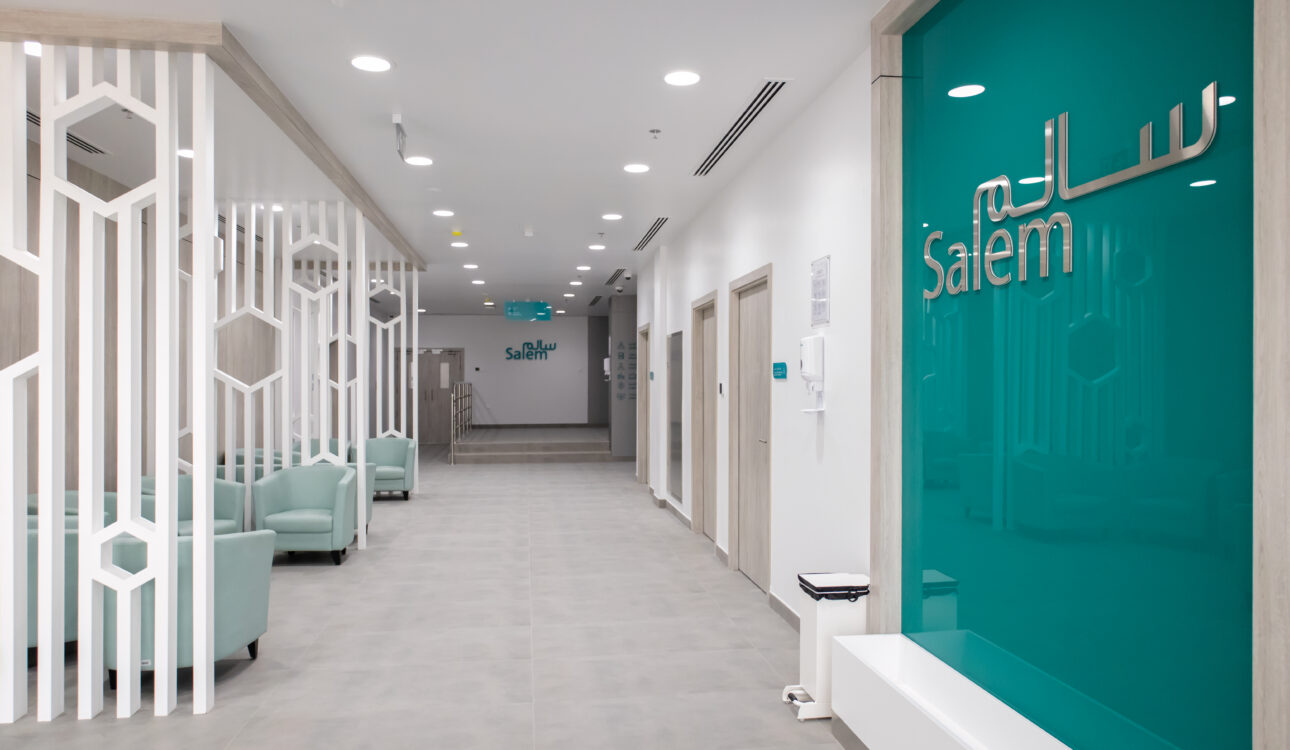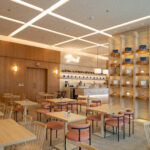Introduction
Wellness Design refers to the intentional creation of spaces that promote holistic well-being, encompassing physical, mental, and emotional health. It emphasizes the role of the environment in supporting and enhancing individuals’ overall wellness.
Importance of Healthy Environments
Healthy environments are fundamental to our well-being, influencing every aspect of our lives from physical health to emotional stability. By creating spaces that support and nurture our bodies and minds, we can enhance our quality of life and promote longevity. Healthy environments not only reduce the risk of illness and injury but also contribute to overall happiness and productivity. Whether it’s ensuring clean air and water, providing access to green spaces, or designing ergonomic and comfortable spaces, the importance of Creating Healthy Environments cannot be overstated.
The Impact of Environment on Well-being
The influence of the environment on well-being is profound, shaping our physical, mental, and emotional health in profound ways. The quality of our surroundings, from the air we breathe to the spaces we inhabit, directly impacts our overall sense of wellness. By optimizing elements such as lighting, air quality, and spatial layout, we can create environments that promote health, happiness, and productivity. Whether it’s designing spaces that encourage physical activity and social interaction or incorporating natural elements to reduce stress and enhance relaxation, every aspect of the built environment contributes to our well-being.
Psychological Environment
The psychological environment of a space encompasses the cognitive and emotional responses it elicits from its inhabitants, profoundly influencing their mental well-being and behavior. By considering factors such as spatial organization, visual stimuli, and sensory experiences, designers can create environments that promote cognitive function, creativity, and overall psychological health. Whether it’s incorporating elements of biophilic design to evoke a connection with nature or utilizing soothing colors and textures to reduce stress and anxiety, every aspect of creating healthy environments plays a role in shaping the psychological experience of occupants.
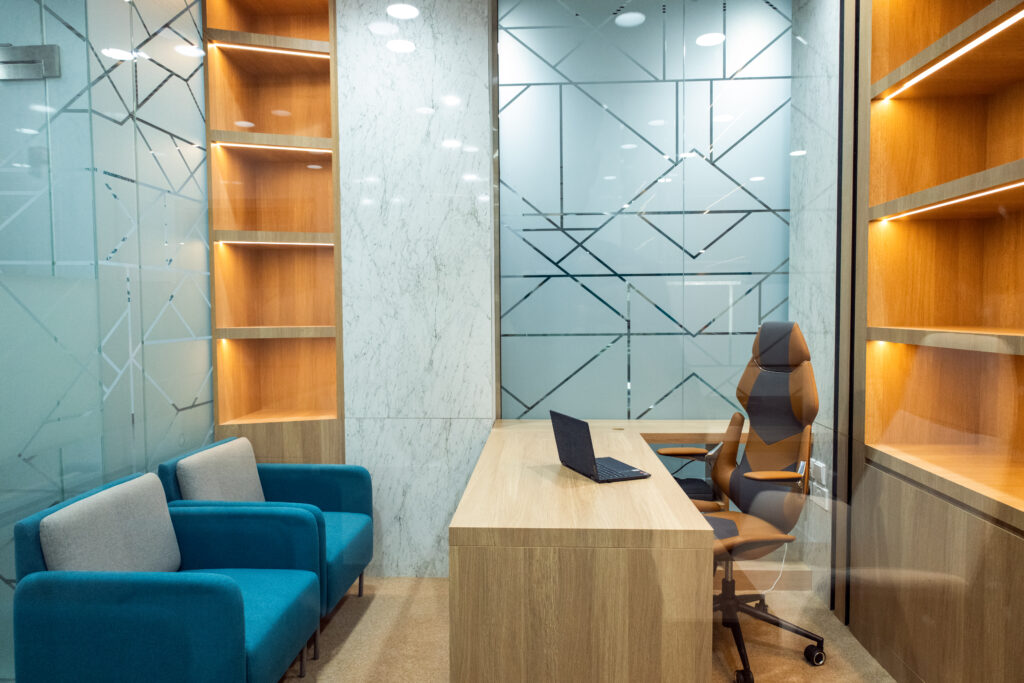
Emotional Environment
The emotional environment of a space encompasses the ambiance, atmosphere, and energy that it exudes, profoundly impacting the well-being and mood of its occupants. By carefully curating elements such as lighting, color schemes, and spatial layouts, designers can evoke specific emotional responses and create environments that foster positivity, comfort, and tranquility. Whether it’s incorporating warm tones to promote feelings of coziness and relaxation or designing intimate nooks for moments of solitude and reflection, every detail contributes to shaping the emotional experience within a space.
Designing for Wellness
Designing for wellness involves creating environments that holistically support the physical, mental, and emotional well-being of occupants. By integrating principles of architecture, interior design, and environmental psychology, we can create spaces that promote health and happiness. Whether it’s incorporating biophilic elements to reconnect with nature, designing ergonomic furniture to support comfort and productivity, or fostering social connections through communal spaces, every aspect of the built environment contributes to overall wellness.
Enhancing Natural Light
Maximizing natural light in design is essential for creating bright, inviting, and healthy environments. By strategically positioning windows, skylights, and other openings, we can flood interior spaces with sunlight, reducing the need for artificial lighting and improving energy efficiency. Natural light not only enhances visual comfort but also regulates circadian rhythms, boosts mood, and promotes vitamin D production. Whether it’s designing open floor plans to facilitate light penetration or incorporating reflective surfaces to amplify daylight, enhancing natural light transforms spaces into uplifting sanctuaries.
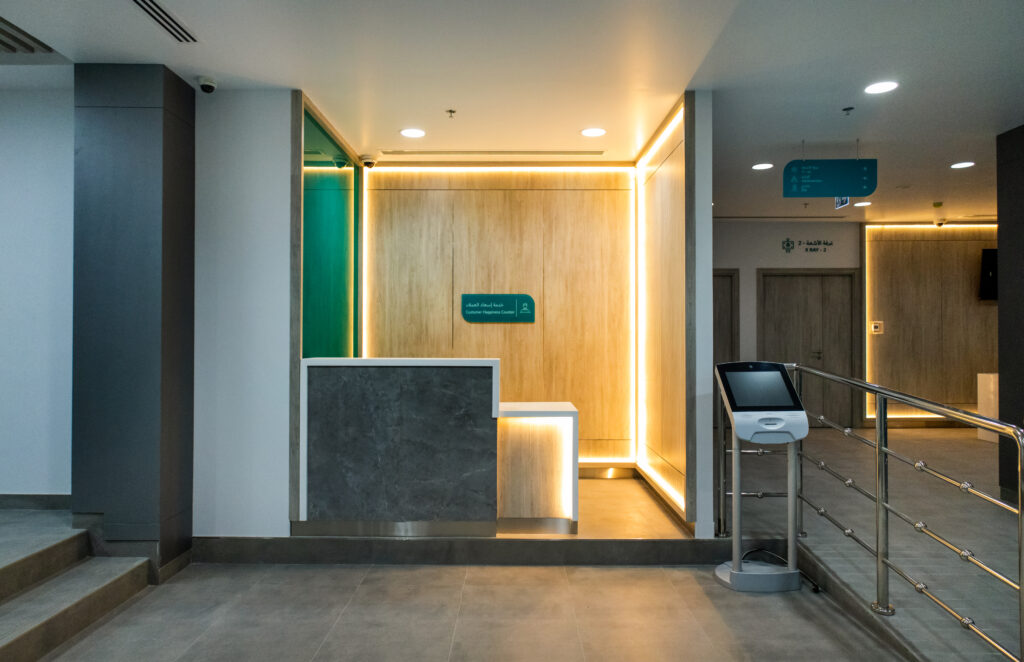
Incorporating Ergonomics
Integrating ergonomics into design is crucial for creating spaces that prioritize comfort, efficiency, and overall well-being. By considering the needs and physical capabilities of users, we can design furniture, equipment, and layouts that promote proper posture and reduce the risk of musculoskeletal disorders. Whether it’s designing adjustable desks for customizable workstations or providing supportive seating options in public spaces, ergonomic principles ensure that environments are conducive to health and productivity.
Utilizing Biophilic Design
Harnessing the power of biophilic design is essential for creating environments that reconnect people with nature and enhance overall well-being. By integrating natural elements such as plants, water features, and organic materials into the built environment, we can improve air quality, reduce stress, and promote productivity. Whether it’s incorporating green walls in office spaces or designing atriums with abundant natural light, these biophilic elements foster a sense of connection to the natural world.
Creating Spaces for Social Connection
Designing spaces that facilitate social connection is integral to fostering a sense of community and belonging. By incorporating elements such as communal seating areas, gathering spaces, and shared amenities, we can encourage interactions and relationships among individuals. Whether it’s designing coworking spaces to promote collaboration or creating neighborhood parks with picnic areas and playgrounds, these environments provide opportunities for people to come together, share experiences, and build meaningful connections.
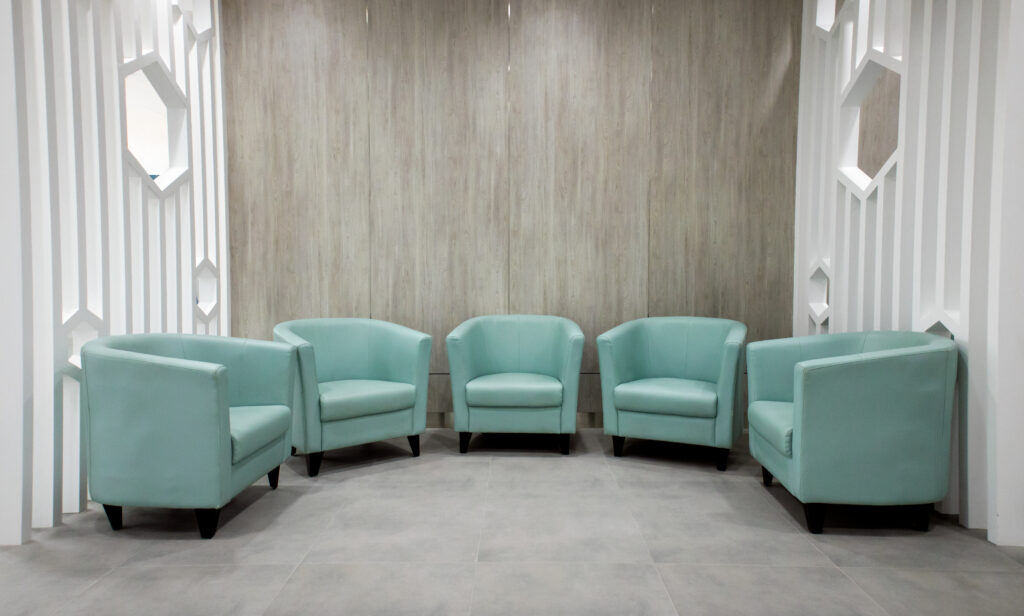
Healthcare Facilities
Incorporating wellness design principles into healthcare facilities is paramount for enhancing patient experiences and outcomes. By creating environments that promote healing, comfort, and safety, we can improve overall well-being and recovery rates. Whether it’s designing patient rooms with natural light and soothing colors to reduce stress or implementing wayfinding systems for easy navigation, these elements contribute to a positive healthcare environment.
Public Spaces
Designing public spaces with wellness in mind is essential for creating inclusive and vibrant communities. By prioritizing accessibility, safety, and opportunities for social interaction, we can enhance the quality of life for all individuals. Whether it’s designing parks with walking paths and greenery to promote physical activity or incorporating seating areas for rest and relaxation, these spaces play a crucial role in fostering community engagement and connection.
Promoting Mental Health
Promoting mental health through wellness design is a cornerstone of creating healthy environments. By integrating elements that reduce stress, foster creativity, and support cognitive function, we can positively impact individuals’ psychological well-being. Whether it’s incorporating biophilic elements to reconnect with nature or designing spaces for relaxation and mindfulness, these environments promote emotional resilience and overall mental wellness.
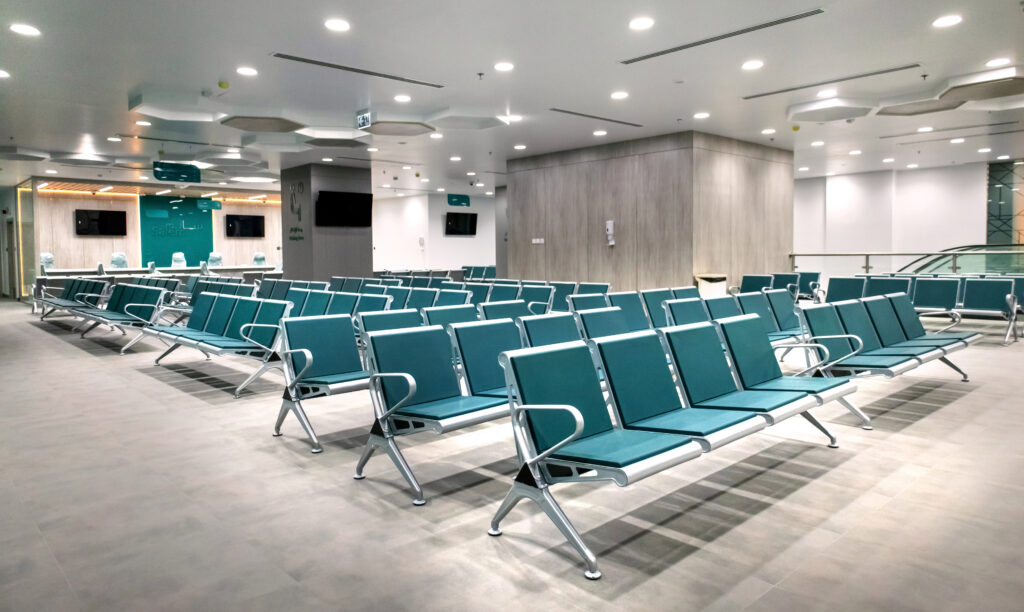
Supporting Physical Well-being
In the realm of wellness design, supporting physical well-being is paramount. By integrating features that encourage movement, ergonomic furniture, and access to natural light, we can create environments that promote health and vitality. Whether it’s designing open spaces for exercise or incorporating standing desks to reduce sedentary behavior, these elements contribute to improved posture, circulation, and overall physical fitness.
Fostering Emotional Balance
Creating environments that foster emotional balance is essential in wellness design. By incorporating elements that evoke positive emotions and provide a sense of safety and comfort, we can support individuals in managing their feelings and reactions. Whether through soothing colors, cozy textures, or designated spaces for relaxation and reflection, these environments promote emotional well-being.
Nurturing Spiritual Connection
In the realm of wellness design, nurturing spiritual connection transcends mere physical aesthetics. It entails creating spaces that resonate with tranquility, inviting individuals to delve into the depths of their inner being. Whether through the gentle flow of water features, the harmonious play of light and shadow, or the incorporation of sacred symbols, every element is meticulously curated to evoke a sense of reverence and reverence.
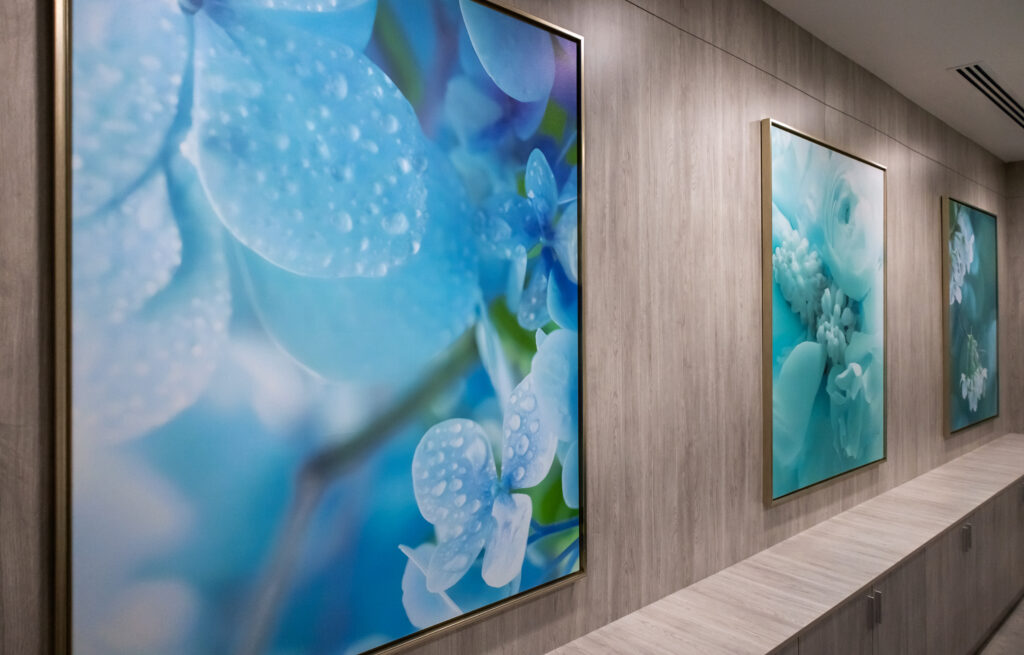
Conclusion
Wellness Design offers a holistic approach to creating healthy environments that support the well-being of mind, body, and soul. By integrating principles of architecture, interior design, and environmental psychology, we can design spaces that promote physical health, mental well-being, emotional balance, and spiritual connection, ultimately enhancing the quality of life for occupants.
Frequently Asked Questions (FAQs)
Q: What is Wellness Design?
A: Wellness Design focuses on creating environments that support holistic well-being, encompassing physical, mental, and emotional health.
Q: Why is Wellness Design important?
A: Creating healthy environments is crucial as they directly impact our well-being, influencing factors such as stress levels, productivity, and overall quality of life.
Q: How does Wellness Design promote well-being?
A: Wellness Design promotes well-being by integrating elements such as nature, natural light, ergonomic design, and social connections into the built environment, which support physical, mental, and emotional health.
Q: What are some examples of Wellness Design features?
A: Examples of Wellness Design features include biophilic elements, access to natural light, ergonomic furniture, communal spaces, and areas for relaxation and reflection.
Q: Where can Wellness Design principles be applied?
A: Wellness Design principles can be applied in various settings, including workplaces, homes, educational institutions, healthcare facilities, and public spaces, to promote well-being for occupants.
Q: How can individuals incorporate Wellness Design into their lives?
A: Individuals can incorporate Wellness Design into their lives by prioritizing elements such as access to nature, maximizing natural light, creating ergonomic workstations, fostering social connections, and creating spaces for relaxation and rejuvenation.

